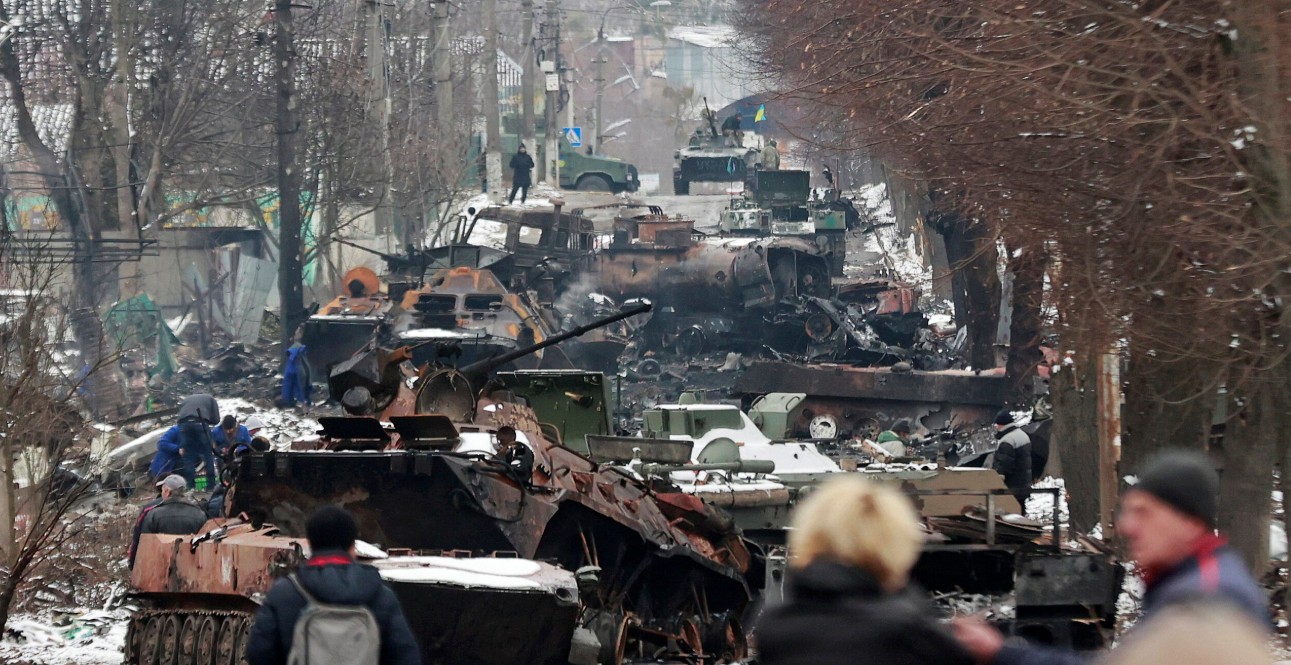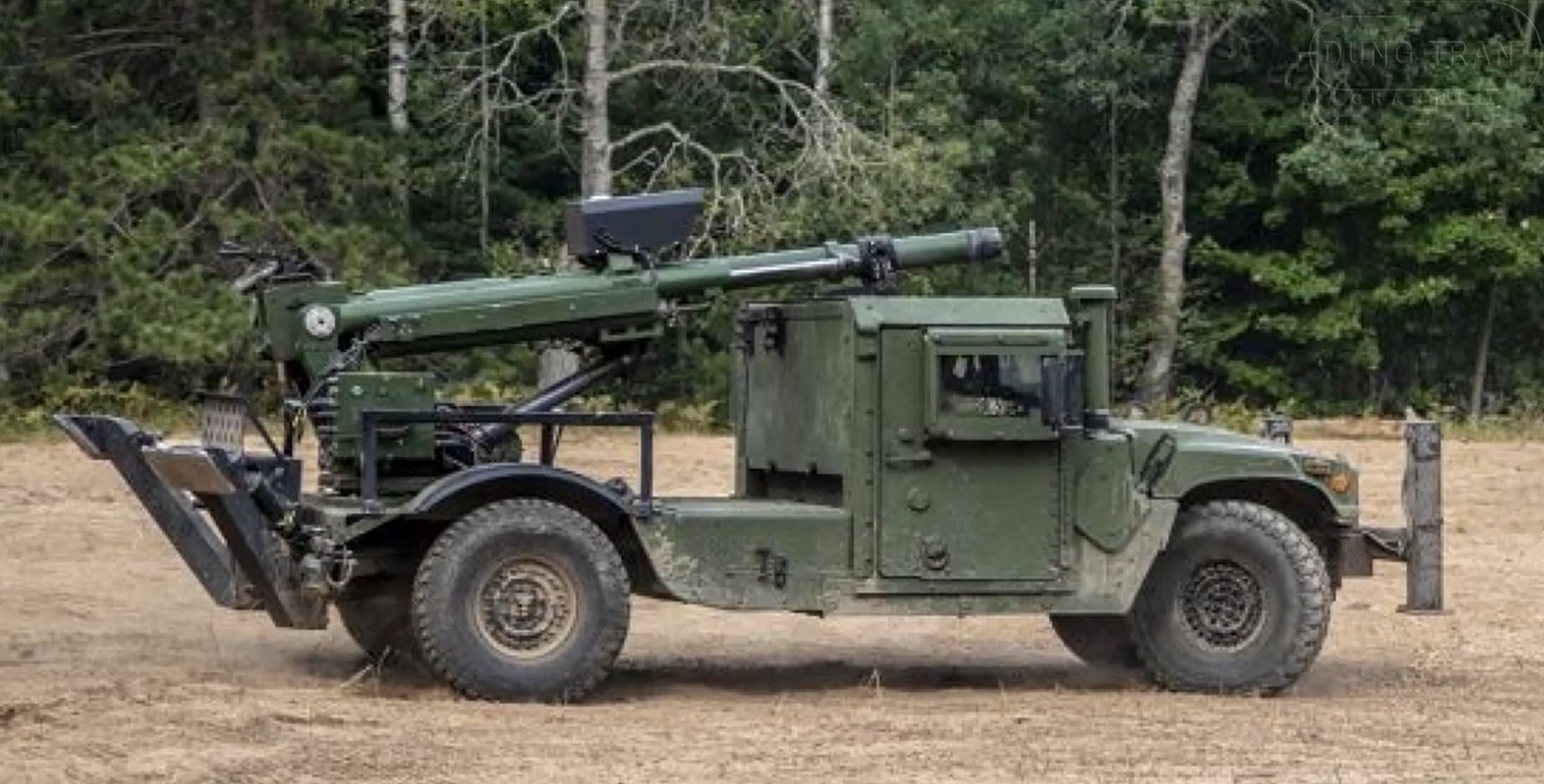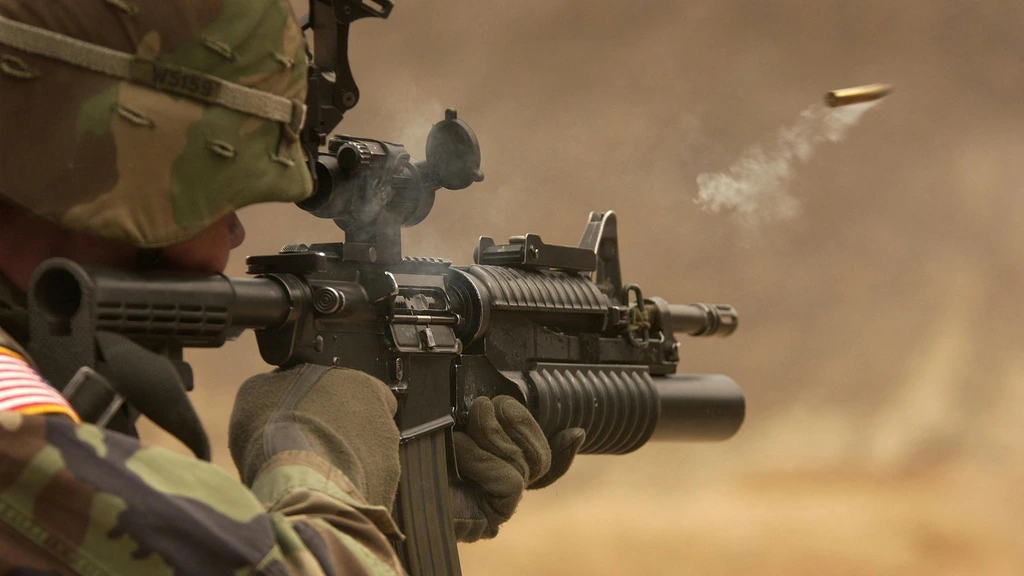The Evolution of Military Strategies
Throughout history, armies have continually adapted their strategies to outmaneuver opponents and embrace technological advancements. As we look to the future, it’s essential to understand the shifting landscape of military strategies influenced by emerging technologies, geopolitical dynamics, and changing combat scenarios.
Technological Innovations
One of the most significant factors reshaping military strategies is the advancement of technology. Innovations in artificial intelligence (AI), robotics, and cyber warfare are creating new opportunities and challenges. Autonomous systems such as drones and unmanned ground vehicles are becoming more prevalent, allowing for advanced reconnaissance and reduced risks to human soldiers.
AI and Decision Making
AI has the potential to revolutionize decision-making processes on the battlefield. Advanced algorithms can analyze large datasets in real-time, providing commanders with critical insights to make informed decisions quickly. This accelerates the OODA loop (observe, orient, decide, act), giving forces a strategic advantage.
Example: The use of AI-powered predictive analytics to anticipate enemy movements and recommend optimal strategies is becoming increasingly common in modern warfare.
Cyber Warfare
With the growing interconnectedness of global systems, cyber warfare has emerged as a battlefield in its own right. Cyberattacks can disrupt communication networks, disable critical infrastructures, and compromise the integrity of military operations without a single shot being fired. Developing robust cyber defenses and offensive capabilities is crucial for future military strategies.
Cybersecurity Training
Ensuring that military personnel are well-trained in cybersecurity protocols is essential. Regular drills and updated training programs can help mitigate the risks associated with cyber threats.
Table:
| Category | Description |
|---|---|
| AI Integration | Use of AI for strategic decision-making and data analysis. |
| Autonomous Systems | Deployment of drones and unmanned ground vehicles. |
| Cyber Warfare | Defensive and offensive cyber capabilities. |
Geopolitical Dynamics
Changes in geopolitical landscapes significantly influence military strategies. Alliances, economic sanctions, and international treaties all play a role in shaping military policies and approaches. As new global powers emerge, strategies will need to adapt to these shifting dynamics.
Alliances and Coalition Forces
Building and maintaining alliances is more critical than ever. Collaborative military exercises and joint operations can enhance operational effectiveness and foster better coordination among allied forces.
Example: NATO’s combined military exercises serve as a testament to the importance of alliances in modern military strategies. These exercises improve interoperability and readiness among member nations.
Changing Combat Scenarios
The nature of combat is also evolving. Traditional battlegrounds are giving way to urban warfare, asymmetrical conflicts, and hybrid warfare, where state and non-state actors blend conventional and unconventional tactics.
Urban Warfare Tactics
Future conflicts are likely to take place in urban settings, where combatants face unique challenges. Strategies will need to adapt to the complexities of fighting in densely populated areas, including managing civilian safety and navigating urban infrastructure.
Example: The Syrian conflict has underscored the importance of urban warfare tactics, as battles are frequently fought in cities with significant civilian populations.
Asymmetrical Warfare
In asymmetrical warfare, smaller, less technologically advanced forces use unconventional tactics to challenge more powerful adversaries. Guerilla tactics, terrorism, and cyber warfare are strategies employed to exploit the vulnerabilities of conventional forces.
Counter-Insurgency Operations
Effective counter-insurgency strategies are crucial in addressing asymmetrical threats. These strategies often require a blend of military, political, and economic efforts to address the root causes of insurgency.
Example: The US counter-insurgency efforts in Iraq and Afghanistan highlight the importance of a comprehensive approach to dealing with asymmetrical threats.
In conclusion, the future of basic military strategies will be shaped by a combination of technological innovations, evolving geopolitical landscapes, and changing combat scenarios. Embracing these changes while maintaining effective fundamentals will be key to ensuring military preparedness and success.









